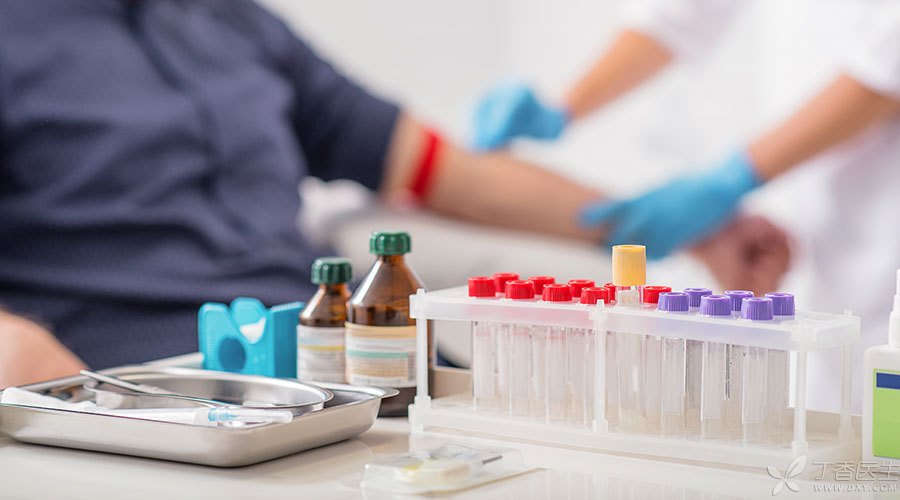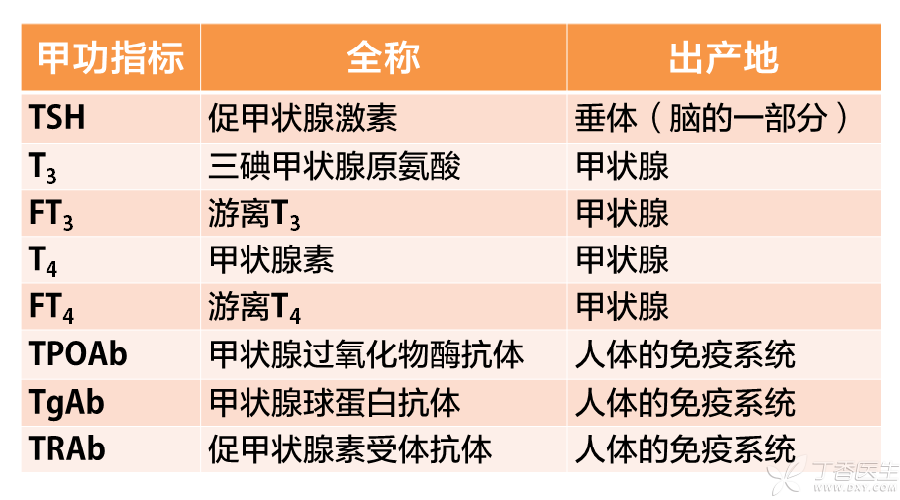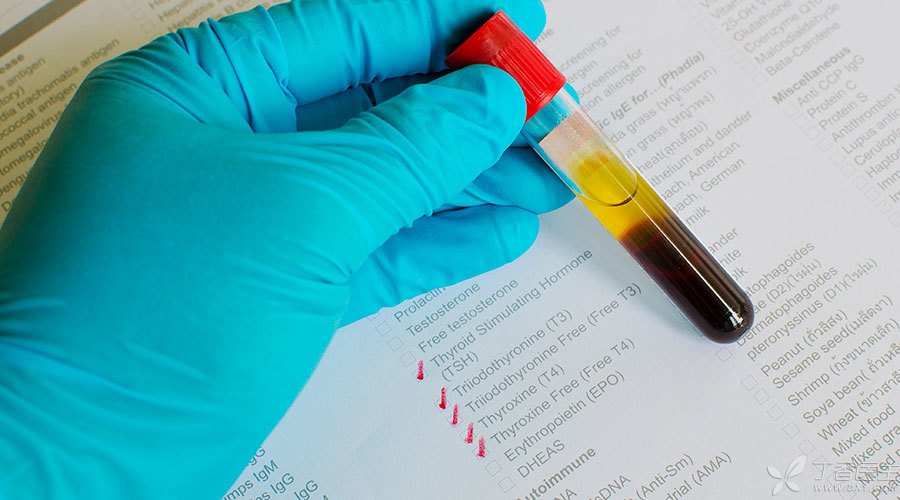
Thyroid function (abbreviated as [thyroid function]) and thyroid color Doppler ultrasound are two magic weapons for examining thyroid diseases. This article will introduce how to interpret the thyroid function report.
What are the indicators included in the nail test?
The narrow sense of thyroid examination only includes TSH, T3 and T4 hormone indexes, while the broad sense of thyroid examination also includes TPOAb, TgAb and TRAb antibody indexes.

The human body is a precise and complicated system. The above indicators are interrelated and influence each other.
TSH and T3, T4:
The function of TSH is to promote thyroid gland to secrete more T3 and T4. If T3 and T4 secrete too much, it will in turn inhibit the production of TSH. The human body relies on this mechanism to maintain TSH, T3 and T4 at normal levels that are not high or low.
T3, T4 and FT3, FT4:
After T3 and T4 are secreted into the blood by thyroid gland, some of them are bound and stored with proteins in the blood, and some of them are free in the blood (i.e. FT3 and FT4) to play a role at any time. When FT3 and FT4 are used up, T3 and T4 bound with proteins will dissociate to form new FT3 and FT4 to play a role.
TPOAb, TgAb and TRAb:
These three antibodies are autoantibodies produced against the thyroid gland due to problems in the human immune system. They will disturb the normal function of the thyroid gland and lead to hypothyroidism or hyperthyroidism.

How to interpret a skill report?
Hyperthyroidism:
T3, FT3, T4, FT4, TSH, TRAb normal or.
Hyperthyroidism is caused by thyroid gland secreting too much T3 and T4, so T3, FT3, T4 and FT4 are generally elevated.
As mentioned earlier, excessive T3 and T4 will inhibit pituitary secretion of TSH, so TSH is reduced.
There are many causes of hyperthyroidism, Graves’ disease is the most common one. If it is hyperthyroidism caused by Graves’ disease, TRAb will generally increase.
Hashimoto’s thyroiditis:
TPOAb, and/or TgAb.
Hashimoto is a chronic inflammation of the thyroid gland, which will slowly destroy the normal function of the thyroid gland.
- Hashimoto early: Thyroid is destroyed after releasing a large amount of T3, T4, appear hyperthyroidism, so T3, FT3, T4, FT4, TSH. Hashimoto middle: Thyroid struggles to maintain normal function, so T3, FT3, T4, FT4, TSH are in the normal range. Hashimoto late: Thyroid function is destroyed, appear hypothyroidism, so T3, FT3, T4, FT4, TSH.
Hypothyroidism:
T3, FT3, T4, FT4, TSH, TPOAb and TgAb were normal or normal.
Hypothyroidism is caused by too little T3 and T4 secreted by thyroid gland, so T3, FT3, T4 and FT4 are generally reduced.
The pituitary gland senses that there is too little T3 and T4 in the blood and will secrete more TSH, which urges the thyroid gland to make efforts to produce, so TSH is increased.
Hypothyroidism also has many causes, of which Hashimoto’s thyroiditis is the most common one. If Hashimoto causes hypothyroidism, there will be an increase in TPOAb and TgAb.
Subacute thyroiditis:
Subthyroiditis, like Hashimoto, is also thyroid [inflamed]. However, unlike Hashimoto, the course of subthyroiditis is relatively short (3-12 months), and most people will not suffer from permanent hypothyroidism.
- Acute attack period of subthyroiditis: As the thyroid gland is destroyed and releases a large amount of T3, T4, Hyperthyroidism occurs, so T3, FT3, T4, FT4, TSH. Subthyroidism remission period: inflammation subsides, thyroid gland is trying to repair itself, and some people will suffer from transient hypothyroidism, so T3, FT3, T4, FT4, TSH. Subthyroidism recovery period: inflammation completely disappears, thyroid function returns to normal in most people, and a very small number of people become permanent hypothyroidism.
Thyroid nodules:
The nail function of most nodular patients is normal.
- If the nodule has spontaneous secretory function (such as nodular goiter and high-function adenoma), the thyroid function will show a series of manifestations of hyperthyroidism. If the nodule is complicated with Hashimoto, the thyroid function will show a series of manifestations of Hashimoto. If the nodule is operated on and the thyroid gland is completely or partially removed, the thyroid function will show a series of manifestations of hypothyroidism.
Subclinical hyperthyroidism/hypothyroidism:
Subclinical hyperthyroidism/hypothyroidism is the early stage of hyperthyroidism/hypothyroidism. At this time, T3 and T4 are still in the normal range, but TSH has changed.
Subclinical hyperthyroidism TSH, subclinical hypothyroidism TSH.
Extended reading:
> > > one picture reads thyroid color Doppler ultrasound
> > > Do you want to have an empty stomach for a skill examination
> > > How do TPOAb, TgAb and TRAb antibodies come from?
> > > Does subclinical hyperthyroidism/hypothyroidism need treatment?
